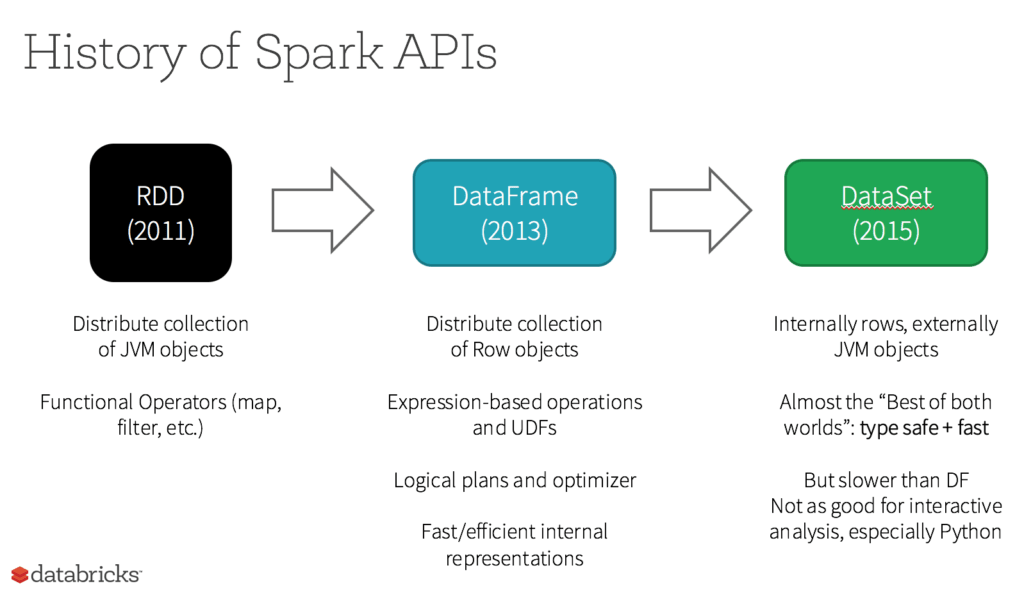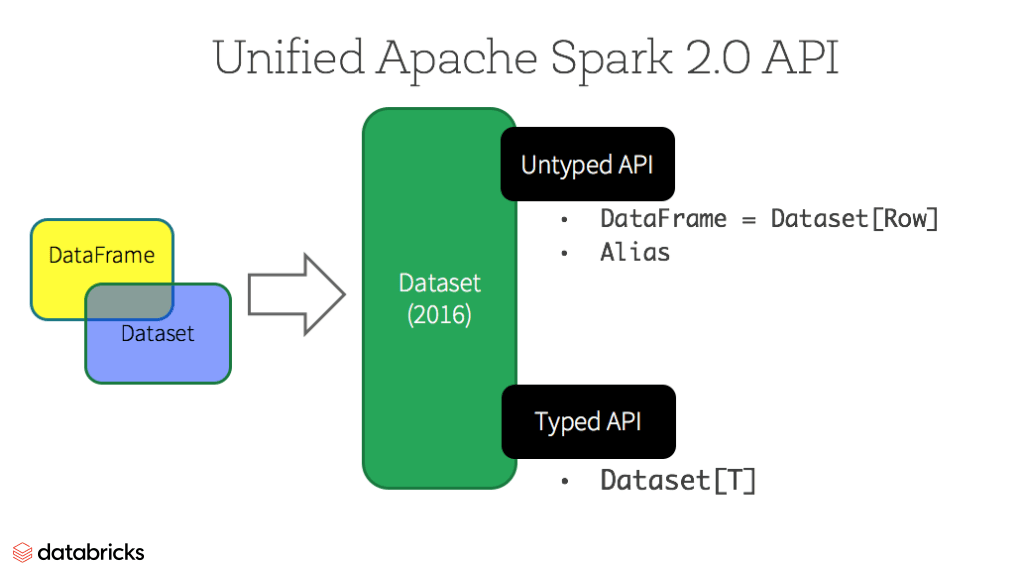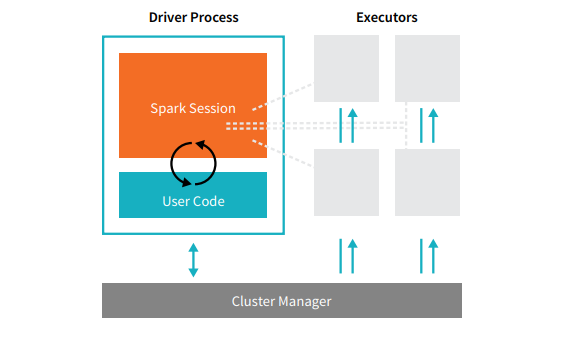Spark Introduction
Guillaume Eynard-Bontemps, CNES (Centre National d’Etudes Spatiales - French Space Agency)
2020-11-15
Spark Introduction
Spark History
- Research project at the UC Berkeley AMPLab, started in 2009
- Open sourced in early 2010:
- 2013: Moved to Apache Software Foundation
- 2014: 1.0 release, top level Apache project
- 2016: 2.0 release
- 2020: 3.0 release
- Now with 100s of developers
Spark goal and key features
From Spark Research homepage:
Our goal was to design a programming model that supports a much wider class of applications than MapReduce, while maintaining its automatic fault tolerance. In particular, MapReduce is inefficient for multi-pass applications (…).
- Iterative algorithms (many machine learning algorithms)
- Interactive data mining
- Streaming applications that maintain aggregate state over time
Spark vs Map Reduce

- MapReduce alternative which provides in memory processing (100x faster)
- A lot of other things, tools, higher level API
Tools and ecosystem






Quizz
What are the main differences between Spark and Hadoop Map Reduce?
- Answer A: Spark uses another algorithm at the heart of its computing model
- Answer B: Spark can work on memory and is much faster
- Answer C: Spark has a better name
- Answer D: Spark provides many more APIs
Answer link Key: rv
APIs

Resilient Distributed Dataset (RDD)
- Was primary user-facing API in Spark
- An RDD is an
- immutable
- distributed
- collection of elements of your data
- partitioned across nodes in your cluster
- operated in parallel with a low-level API
- Offers transformations and actions
- Unstructured datasets
- Functional programming constructs
- In memory, fault tolerant
- No schema, less optimization
Dataframes and Datasets
- Also an immutable distributed collection of data
- Built on top of RDDs
- Structured data, organized in named columns
- Impose a structure, gives higher-level abstraction
- SQL like operations
- Dataset: strongly typed objects
- Catalyst optimizer, better performances

Transformations and Actions
Transformations
- Create a new (immutable) dataset from an existing one
- Instruct Spark how you would like to modify the Data
- Narrow Dependencies: 1 to 1 input to output
- Wide Dependencies (shuffles, so MapReduce): 1 to N
- transformations in Spark are lazy
- No computations
- Just remember the transformations from input dataset
Actions
- Return a value to the driver program
- After running a computation on the dataset
Transformations and Actions examples
Transformations
| Transformations |
|---|
| map* |
| filter |
| groupByKey |
Actions
| Actions |
|---|
| reduce |
| collect |
| count |
| first |
| take |
| saveAs… |
Some code
Execution Plan and DAGS
Streaming


MLLib
- Uses Dataframe API as inputs
- Pipeline made of
- Transformers (analogy to transformation)
- Estimator (can be actions)


Spark Application and execution


Dashboard


Dashboard 2

Quizz
What’s the main API of Spark?
- Answer A: MLLib
- Answer B: RDDs (Resilitent Distributed Datasets)
- Answer C: Datasets
- Answer D: Transformations
Answer link Key: df
Play with Map Reduce through Spark
Context
- Interactive notebook (developed some years ago…)
- Pre-configured
- Warm up on Py computation

- RDDs
- Dataframes
Notebook
Easiest:
